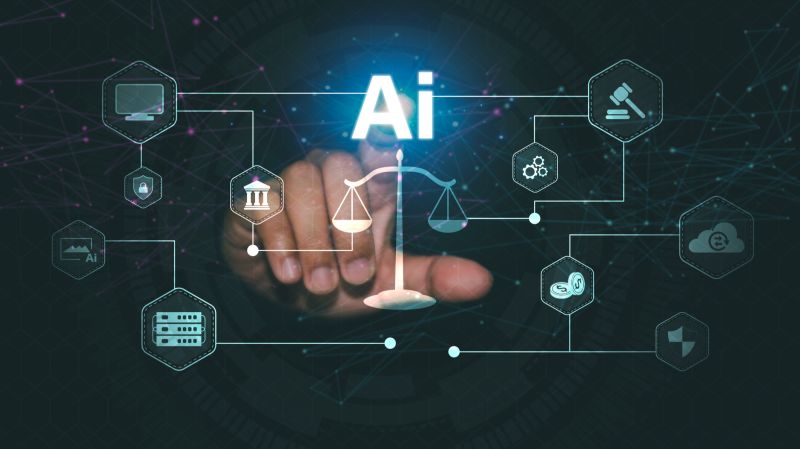As AI becomes central to decision-making in business, Explainable AI (XAI) has evolved into a strategic necessity. Organizations today must ensure that AI-driven decisions are transparent, traceable, and defensible. Deploying AI without explainability introduces risks beyond technical issues – it puts businesses at risk of legal exposure, customer distrust, and reputational damage.












